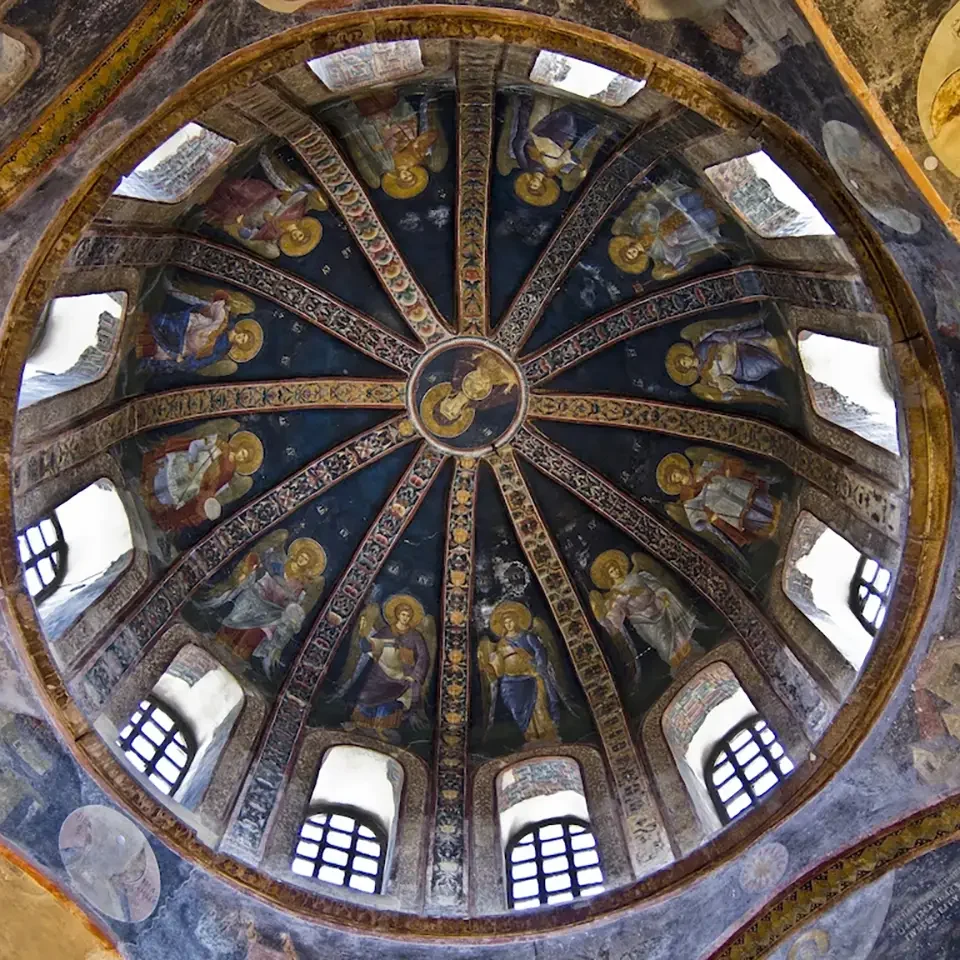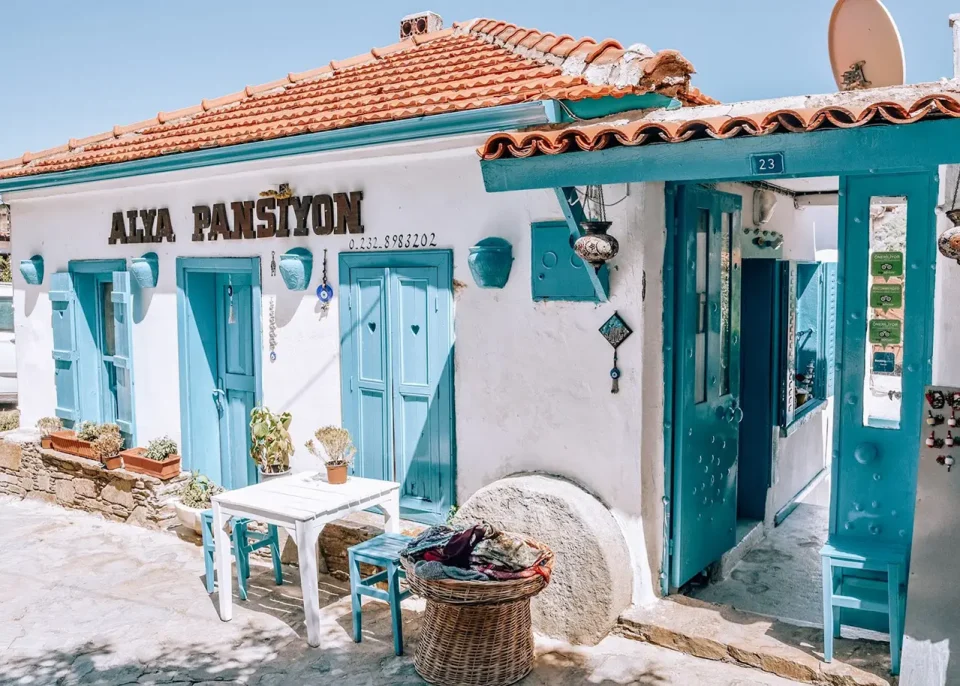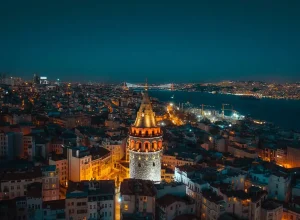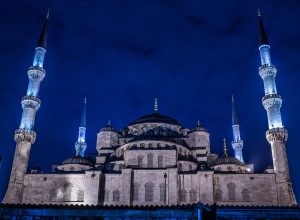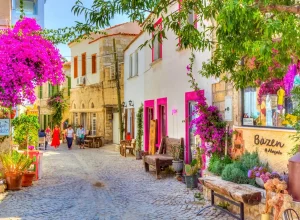Uncover the captivating history, stunning mosaics, and frescoes of Istanbul’s Chora Church, a lesser-known treasure that offers a unique glimpse into Byzantine art, religion, and culture. This comprehensive guide will help you appreciate the beauty and significance of this remarkable monument.
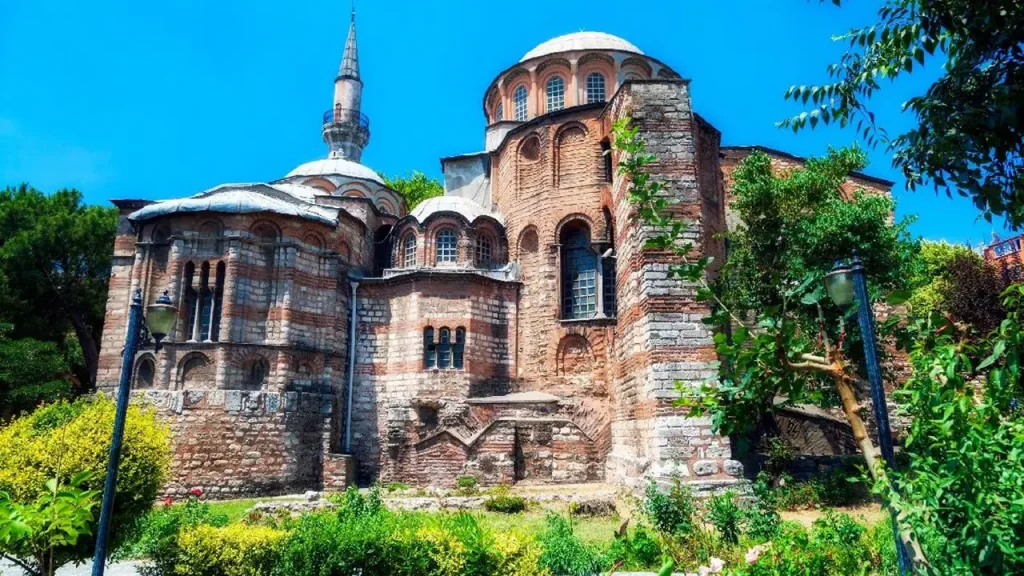
Table of Contents
Introduction: A Hidden Treasure of Byzantine Art
The Chora Church, also known as Kariye Museum or Kariye Camii, is a lesser-known gem of Istanbul’s rich cultural heritage. Once a medieval Byzantine Greek Orthodox church, later converted into a mosque and now a museum, the Chora Church boasts some of the finest examples of Byzantine mosaics and frescoes in existence. In this comprehensive guide, we will delve into the history, art, and spiritual significance of this remarkable monument, providing you with an in-depth understanding of its unique place in Istanbul’s tapestry of history.
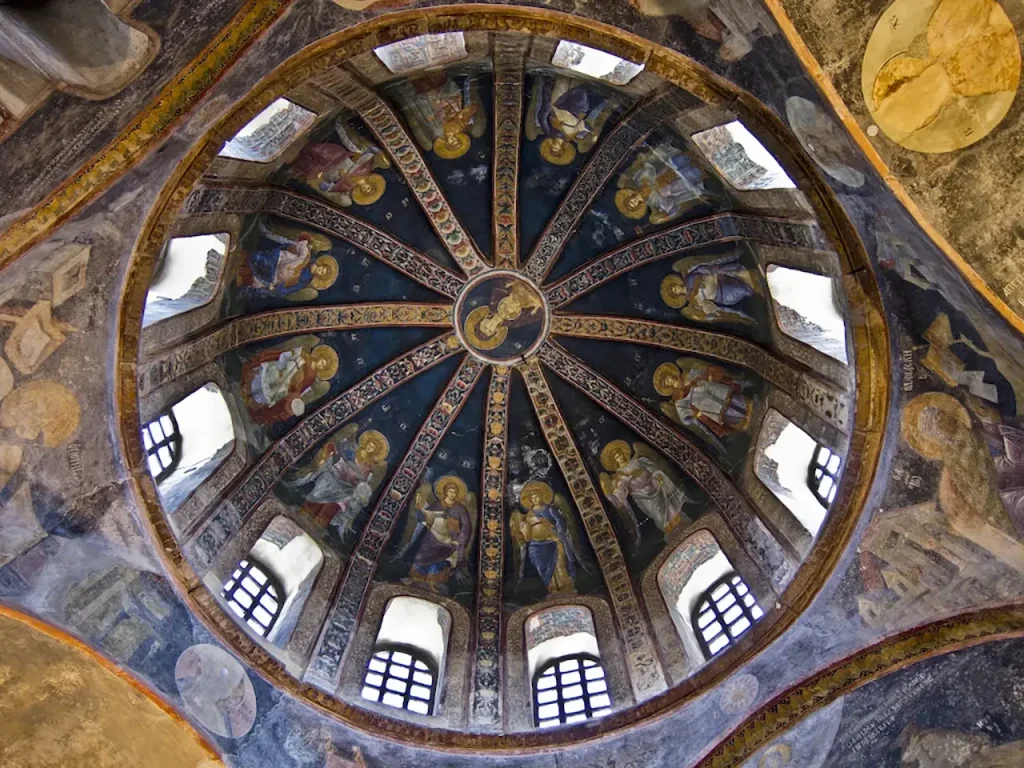
The Origins and Evolution of the Chora Church
The Chora Church’s origins can be traced back to the early 5th century when it was founded as a monastery outside the city walls of Constantinople, hence the name “Chora,” which means “in the country” or “outside of the city” in Greek. Over the centuries, the church underwent several reconstructions, with the current structure dating back to the early 14th century.
After the conquest of Constantinople by the Ottoman Empire in 1453, the Chora Church was converted into a mosque, and its stunning mosaics and frescoes were covered with plaster. In 1945, the building was turned into a museum, and extensive restorations were undertaken to uncover and preserve its dazzling art.
A Masterpiece of Byzantine Mosaics
One of the most striking features of the Chora Church is its extensive collection of mosaics, which adorn the building’s interior, including the narthex, inner narthex, and parecclesion. These mosaics date back to the 14th century and are considered some of the finest examples of Byzantine art.
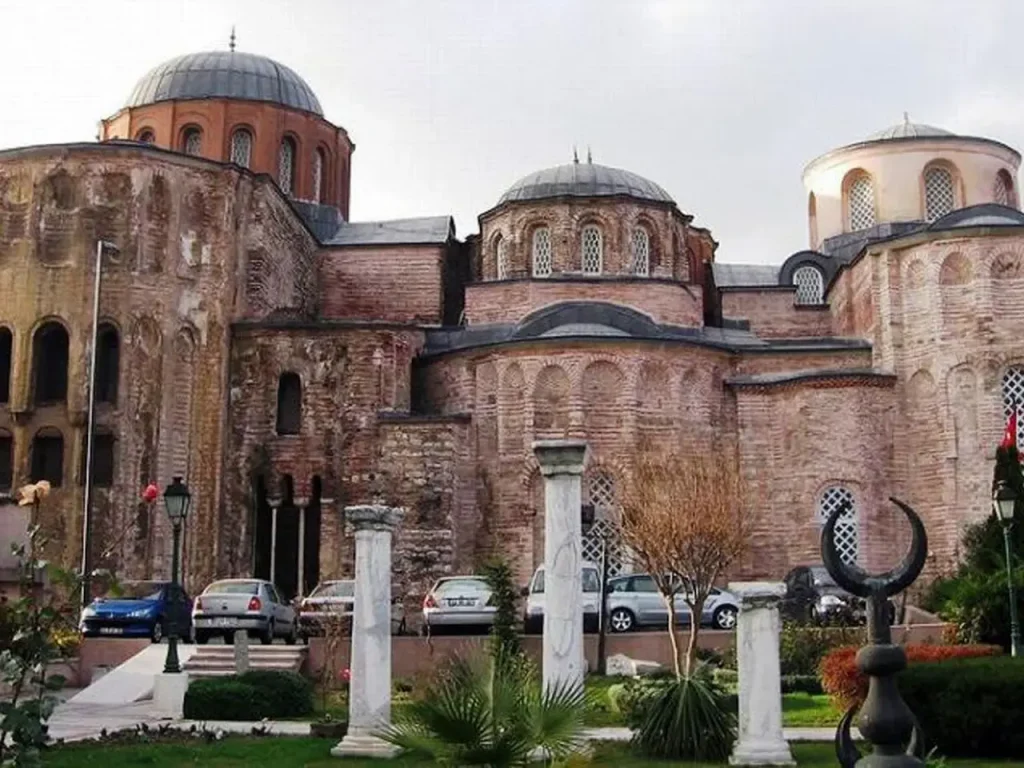
The mosaics in the Chora Church depict various biblical scenes, including the lives of Jesus Christ and the Virgin Mary, as well as portraits of saints and other religious figures. Some of the most famous mosaics include the Anastasis, which illustrates the resurrection of Christ, and the Virgin and Child, a tender portrayal of the Virgin Mary holding the infant Jesus.
The Frescoes of the Chora Church
In addition to its exquisite mosaics, the Chora Church is also home to an impressive collection of frescoes, primarily located in the parecclesion, a side chapel dedicated to funerary services. The frescoes depict scenes from the life of Christ, the Virgin Mary, and various saints, as well as themes related to death and resurrection.
One of the most significant frescoes in the Chora Church is the Last Judgment, which covers the entire west wall of the parecclesion. This monumental work is a vivid depiction of the end of days, complete with intricate details and striking use of color.
The Architectural Beauty
The architecture of the Chora Church is a testament to the evolution of Byzantine ecclesiastical design. The building features a cross-in-square plan, with a central dome supported by four columns and barrel vaults. The church’s interior is divided into several sections, including the narthex, inner narthex, naos (main church), and parecclesion. Each section showcases a unique blend of architectural elements, such as intricate columns, capitals, and archways, which add to the church’s visual appeal.
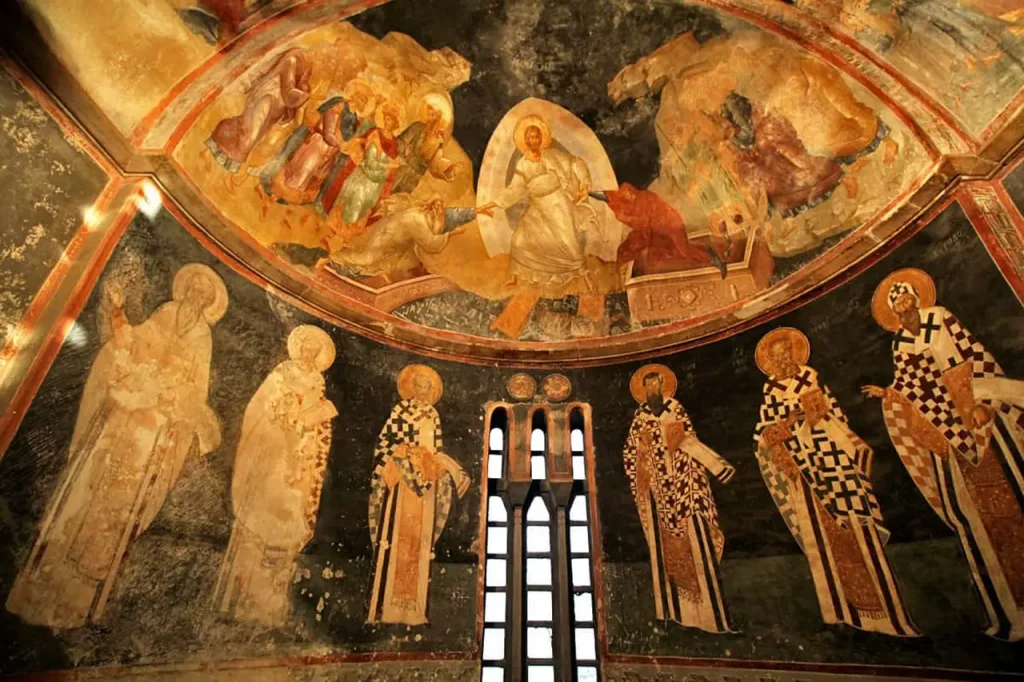
The Chora Church’s exterior is relatively modest compared to its lavish interior. However, the red brick and stone facade, adorned with blind arches and cornices, highlights the building’s Byzantine architectural roots.
Section 5: The Chora Church in Modern Times
After its conversion into a museum in 1945, the Chora Church underwent extensive restorations to uncover and preserve its mosaics and frescoes. Today, the Chora Church serves as an essential cultural and historical attraction in Istanbul, offering visitors a unique opportunity to appreciate the beauty of Byzantine art and learn about the city’s rich past.
In 2020, the Chora Church was reconverted into a mosque, sparking controversy and raising concerns about the preservation of its art. However, the site remains open to visitors, and ongoing efforts are being made to ensure the protection of its invaluable mosaics and frescoes.
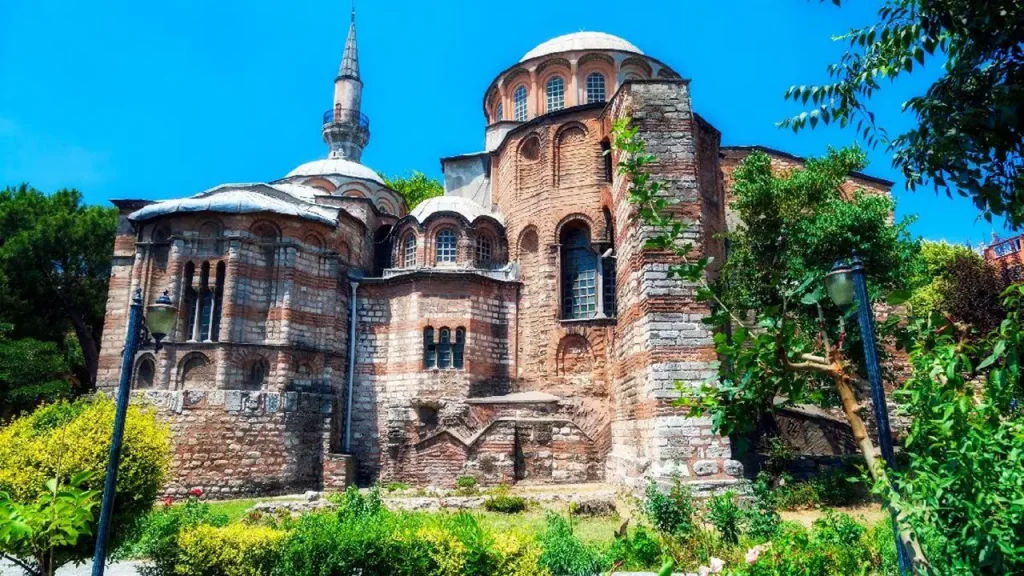
including the narthex, inner narthex, naos (main church), and parecclesion. Each section showcases a unique blend of architectural elements, such as intricate columns, capitals, and archways, which add to the church’s visual appeal.
The Chora Church’s exterior is relatively modest compared to its lavish interior. However, the red brick and stone facade, adorned with blind arches and cornices, highlights the building’s Byzantine architectural roots.
Visiting the Chora Church
The Chora Church is located in the Edirnekapı neighborhood of Istanbul, approximately 3.5 kilometers (2.2 miles) northwest of the popular Sultanahmet district. Visitors can reach the church by public transport, taxi, or on foot if they don’t mind a longer walk.
When planning your visit, consider the following tips:
- Check the opening hours: The Chora Church is usually open daily, but its hours may vary. Make sure to verify the current opening hours before your visit.
- Dress modestly: As the Chora Church is now a mosque, visitors are advised to dress modestly and respect local customs.
- Allocate enough time: Give yourself at least one to two hours to fully explore the Chora Church’s mosaics, frescoes, and architecture.
- Hire a guide or use an audio guide: To gain a deeper understanding of the Chora Church’s art and history, consider hiring a knowledgeable guide or using an audio guide during your visit.
- Combine your visit with nearby attractions: The Chora Church is situated close to other notable historical sites, such as the Theodosian Walls and the Mihrimah Sultan Mosque. Plan your itinerary to include these attractions for a more comprehensive experience.
History Churches in Istanbul
Throughout its long and storied history, Istanbul has been home to countless churches, reflecting the city’s diverse religious and cultural heritage. From the early days of Christianity to the present day, these sacred spaces have played a vital role in shaping the city’s unique cultural landscape. In this brief overview, we will explore the evolution of churches in Istanbul and delve into their rich architectural and artistic legacy.
The Early Days of Christianity in Istanbul
Christianity arrived in the region of present-day Istanbul in the 1st century AD, during the time of the Roman Empire. The city, then known as Byzantium, was an important center for early Christian communities, many of whom were drawn to the city by its strategic location at the crossroads of Europe and Asia. The first churches in Istanbul were small, simple structures, often built on the foundations of existing pagan temples or in private homes. Over time, as Christianity grew in prominence and influence, these early churches evolved into more elaborate structures, reflecting the changing religious landscape of the city.
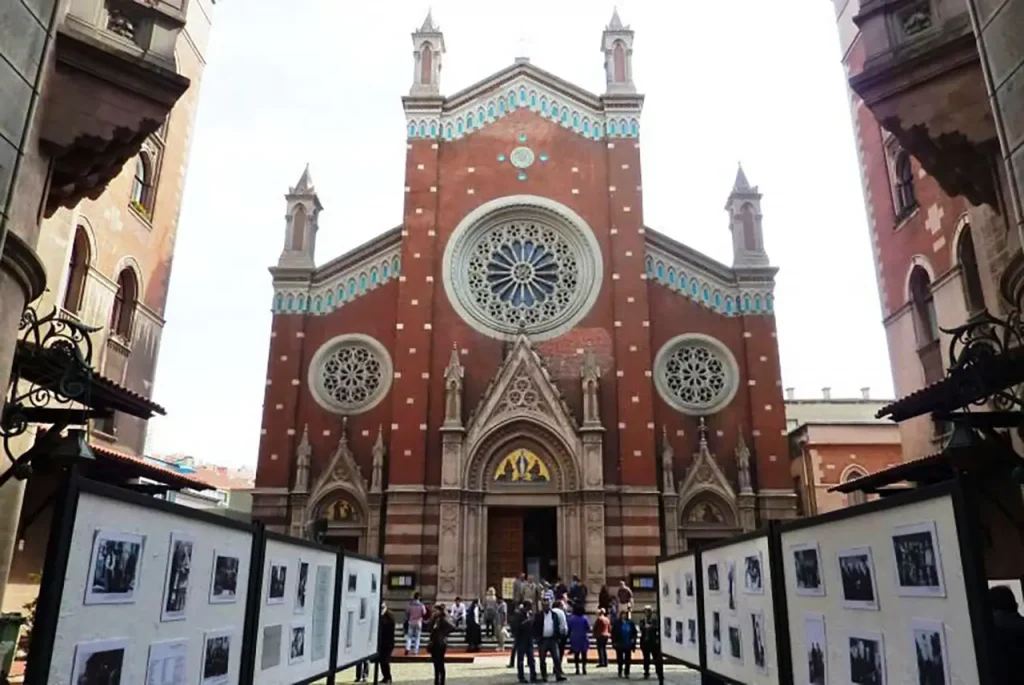
The Byzantine Era: A Golden Age of Church Architecture
With the founding of the Byzantine Empire in the 4th century, Constantinople (as Istanbul was then known) became the capital of the Christian world, and the city’s churches began to flourish. This period saw the construction of some of the most famous churches in Istanbul, including the Hagia Sophia, the Church of St. Irene, and the Church of the Holy Apostles. These churches were characterized by their grand scale, intricate mosaics, and frescoes, as well as their innovative architectural features, such as domes, vaults, and arches.
The Hagia Sophia, built by Emperor Justinian I in the 6th century, is perhaps the most iconic church in Istanbul. A masterpiece of Byzantine architecture, the Hagia Sophia’s massive central dome, intricate mosaics, and soaring interior spaces have made it a symbol of the city’s rich religious heritage.
The Ottoman Conquest and the Transformation of Churches
In 1453, the Ottoman Empire conquered Constantinople, marking the end of the Byzantine Empire and the beginning of a new era for the city’s churches. Many churches were converted into mosques during this time, including the Hagia Sophia and the Church of the Holy Apostles. The conversion process often involved the removal or covering of Christian iconography, as well as the addition of Islamic architectural elements, such as minarets and mihrabs.
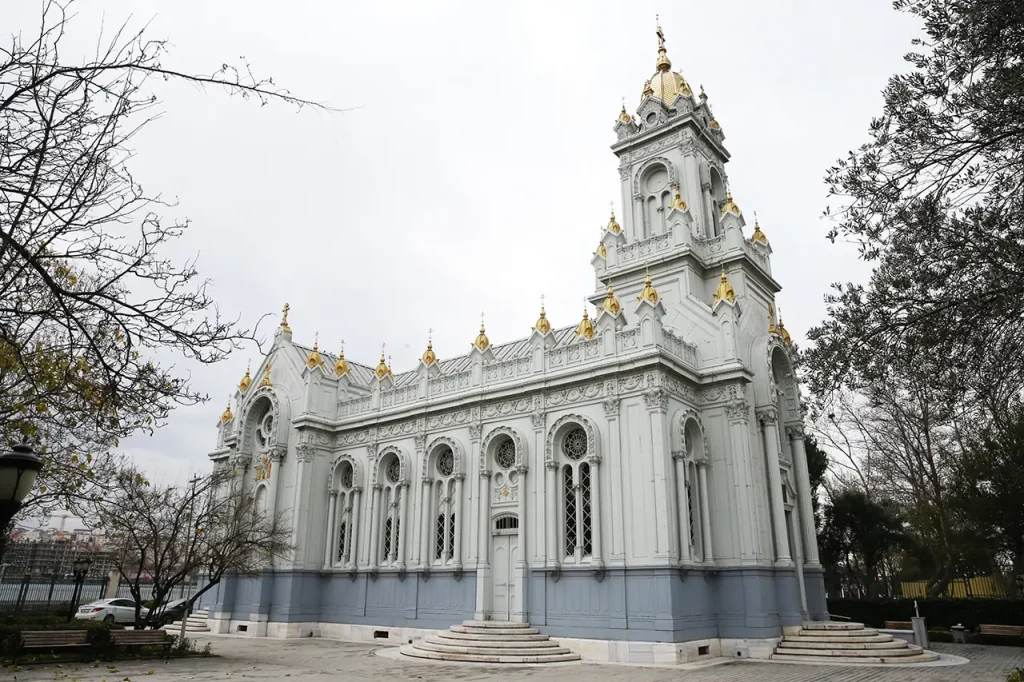
Despite these changes, many churches in Istanbul continued to function as Christian places of worship during the Ottoman era. The city’s Greek Orthodox, Armenian, and other Christian communities maintained their religious traditions and preserved their churches, often with the support of the Ottoman authorities.
The Modern Era: A Diverse Tapestry of Churches
In the 19th and early 20th centuries, Istanbul experienced a period of rapid modernization and cultural exchange, which led to the construction of many new churches in the city. These churches, built by various Christian denominations, reflect the diverse architectural styles of the time, including neo-Gothic, neo-Baroque, and neo-Renaissance designs. Notable examples include the Bulgarian St. Stephen Church, the Church of St. Anthony of Padua, and the Surp Asdvadzadzin Patriarchal Church.
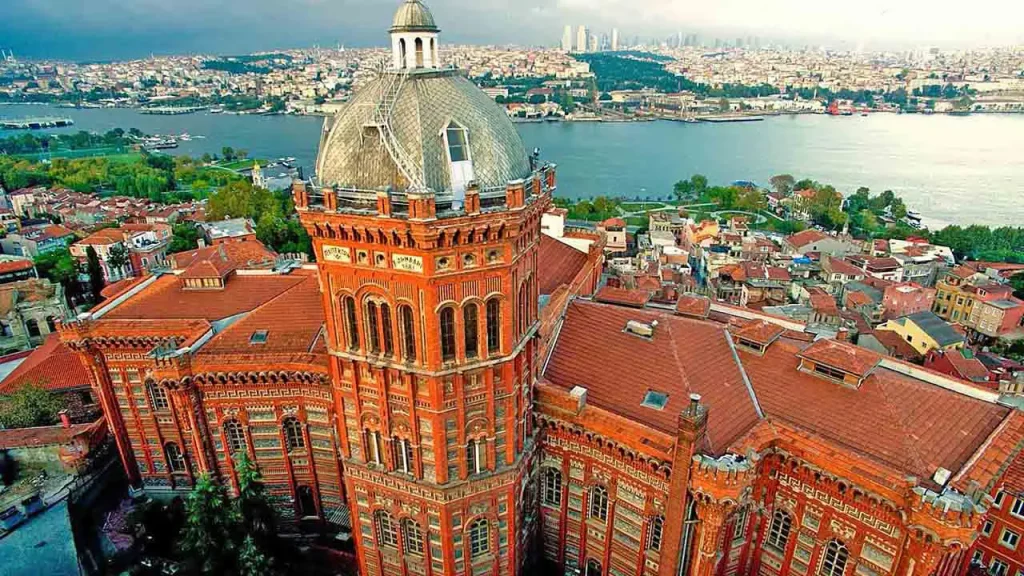
Today, Istanbul’s churches stand as a testament to the city’s rich religious and cultural history. From the grandeur of the Hagia Sophia to the intimate charm of small chapels, these sacred spaces offer a fascinating glimpse into the evolution of Christianity in Istanbul and the enduring power of faith to shape the city’s unique architectural and artistic landscape.
Our Latest Video on YouTube
Conclusion
The Chora Church is a remarkable testament to the artistic and spiritual legacy of Byzantine Constantinople. Its dazzling mosaics and frescoes, coupled with its rich history, make it a must-visit destination for anyone seeking to explore Istanbul’s lesser-known treasures. Don’t miss the opportunity to immerse yourself in the beauty and spirituality of this extraordinary monument.
Hashtags: #ChoraChurch #Istanbul #ByzantineArt #Mosaics #Frescoes #Turkey #CulturalHeritage #HistoricLandmarks
